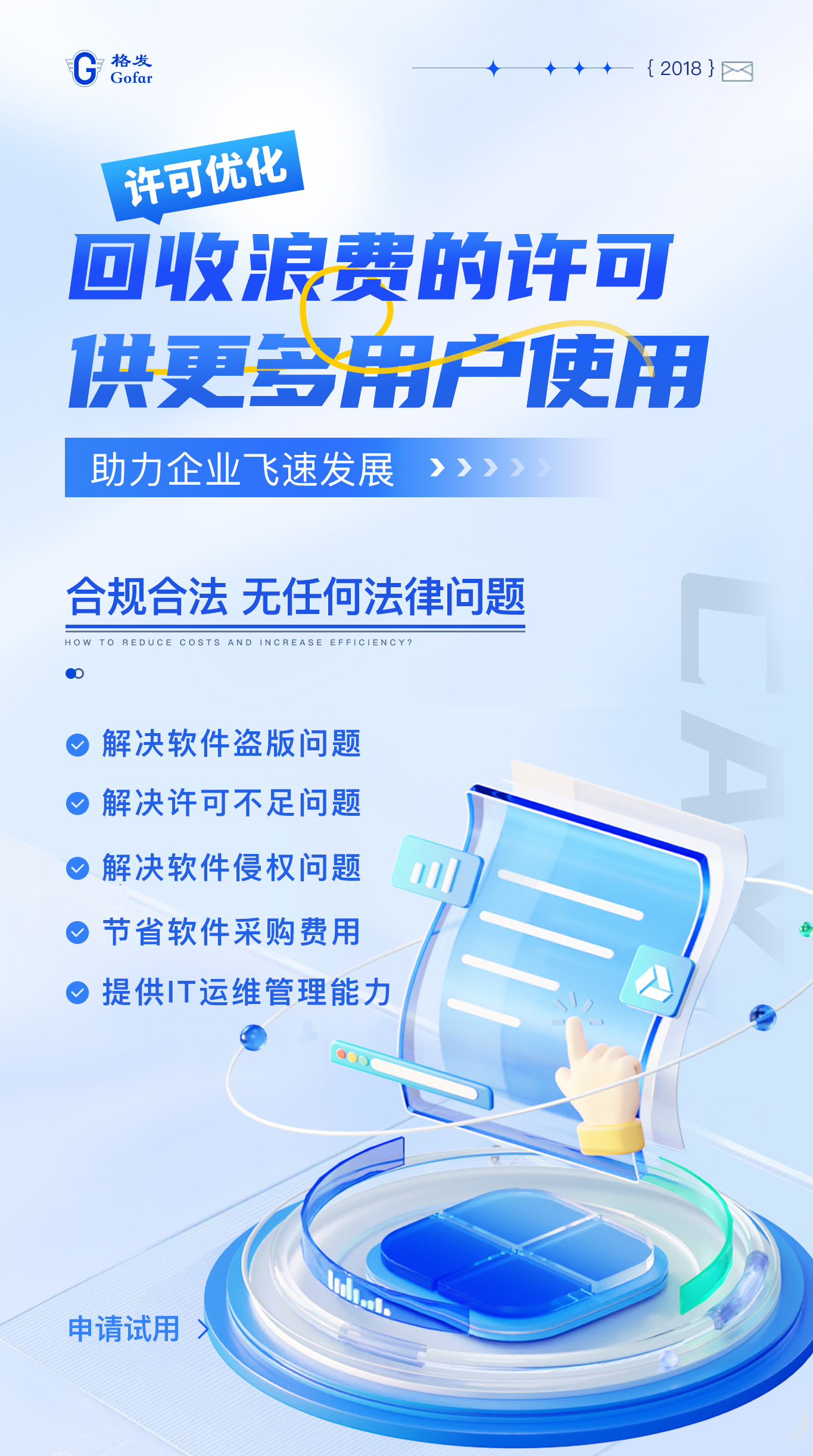稍为整理了一下,from PPT of uploading of Maxianseng.
1。Embedded Rebar Support
(1)Axisymmetric, cylindrical and general embedded rebar types were added to the Structural ABAQUS analysis preference in MSC.Patran 2004
(2)Multiple rebar layers with the same material properties may be defined for these property sets
(3)Each layer may contain rebars with a distinct cross-sectional area, spacing and orientation angle
(4)Isotropic materials that have elastic, hyperelastic, viscoelastic, plastic or creep constitutive models may be assigned to these property sets Multiple rebar layers with the same material properties may be defined for these property sets
(5)New Element Property Sets:
1D | Rebar | Axisymmetric -> Axisymmetric Rebar
1D | Rebar | General Axisymmetric -> Generalized Axisym Rebar
2D | Rebar | Cylindrical -> Cylindrical Rebar
2D | Rebar | General | Standard Formulation -> General Rebar
2D | Rebar | General | Reduced Integration -> General Rebar (Reduced)
2。Pre-Tension Section Support
(1)The Pre-tension Loads/BCs type was added to the Structural ABAQUS analysis preference in MSC.Patran 2004
(2)This addition allows one-dimensional elements as well as two- and three-dimensional continuum elements to be pre-tensioned using relative displacements or forces
3。Contact Set Name Enhancement
(1)In previous versions of MSC.Patran, ABAQUS contact set names used internally generated names when writing out the ABAQUS input deck
(2)In MSC.Patran 2004, the syntax will use:
S_<load set name>
M_<load set name>
<load set name>
for the slave, master and interaction names.
4。Element Offset Support
(1)The shell element property sets of the ABAQUS analysis preference were modified to include an offset property
(2)The offset is expressed as a fraction of the shell's thickness and is measured from the shell's mid-surface
For example, a value of 0.5 indicates that the reference surface is located at shell's top surface
A value of -0.5 indicates that the reference surface is located at the shell's bottom surface
5。Input file reader enhancements
产品




